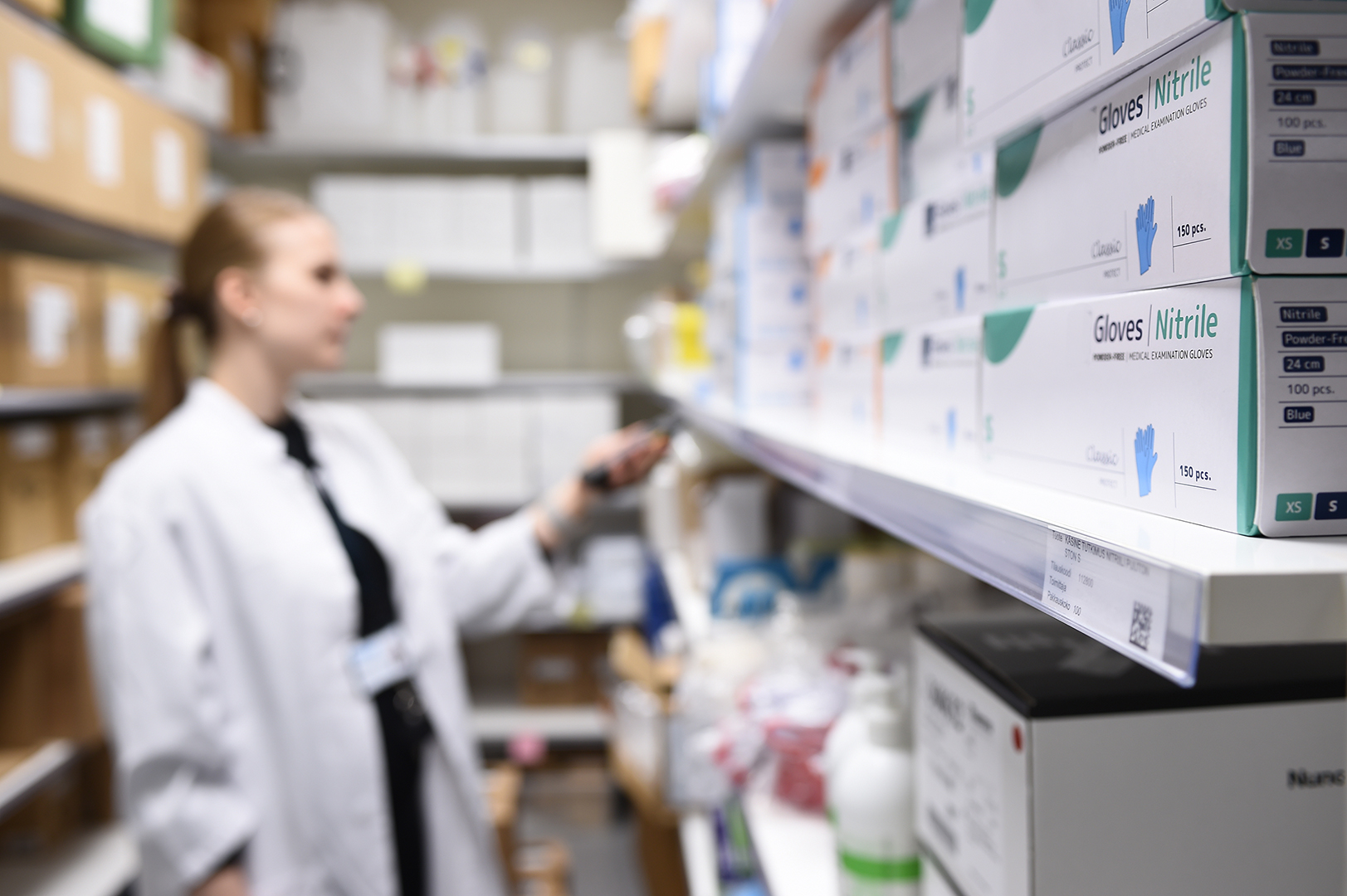Cost pressures in social and healthcare demand new savings solutions
Finland’s total social and healthcare spending is enormous, and it appears that it will continue to grow at a worrying pace. An ageing population, the prevalence of chronic diseases, and rising wage costs pose unprecedented challenges to the sustainability of public finances.

In 2022, the total expenditure of the health and social care sector was 25,9 billion euros, which corresponds to a significant share of the Finnish state’s annual budget. When this is combined with the shortage of nursing staff resources and rising labour costs, it is clear that new, innovative solutions are needed.
One of the underestimated areas is logistics. I would like to highlight the great savings potential of optimising and digitalising logistics, which can reach up to hundreds of millions of euros per year. Materials and medicines alone accounted for approximately three billion euros of the total expenditure of the health and social care sector in 2022. According to studies, process costs in healthcare are 45 % on top of procurement prices, which is not generally recognised. This means annual costs of approximately 1,3 billion euros. Typically, savings have been sought for a long time by centralising procurement and improving competition, which in itself is a good thing. But it has been forgotten that by streamlining, automating, optimising and digitalising processes, significant adjustments can be made to process costs.
Optimisation and digitalisation play a key role in streamlining logistics and saving up to 270 million euros
Digitalisation, optimisation, and new logistics management models can bring efficiency improvements of up to 30 %, which corresponds to savings of approximately 250 million euros in process costs. In addition, drug and material waste, which is approximately 1,5–2 % of the drugs and materials used, constitutes an annual cost of 56 million euros. Waste could be reduced by digitalisation and optimisation, which would also bring annual savings of 17 million euros.
The role of digitalisation and automation is also emphasised in streamlining the work of nursing staff. Modern identification technologies, mobile devices, and automation not only make logistics more efficient but also free up nursing staff’s time for their core tasks, namely treating patients. This is extremely important at a time when the shortage of nurses is further straining an already overloaded system. Today, logistics and other support tasks consume up to 4–15 percent of nursing work time, which represents a huge waste of resources.
The biggest questions about the economic situation
However, the financial challenges of the health and social care sector are not limited to logistics alone. One fundamental problem is the distribution of nursing staff’s working time. Several studies and reports show that a significant part of nurses’ working time is spent on administrative tasks, recording, and activities other than actual nursing work. This not only increases the workload of staff, but also increases costs without a corresponding increase in patient benefits.
Public debate often focuses on increasing the number of staff but it would be equally important to consider how existing resources are used. Could digitalisation and streamlining of processes free up time not only for treating patients but also for improving the well-being of nursing staff? Knowing that nurse burnout has increased significantly, it is clear that the current model is not sustainable.
The need for reforms
The social and healthcare sector needs bold reforms, where economic efficiency and staff well-being are not seen as opposing goals. Logistics optimisation is a good example of an area where both goals can be combined: improving material management not only saves money but also reduces the administrative burden on caregivers. At the same time, however, it is important to bring a broader discussion to the sector about how to allocate resources as effectively as possible.
The future of the social and healthcare sector requires strict prioritisation, but also innovative solutions. Perhaps logistics is the undervalued area that can open up new opportunities for developing the entire system.




